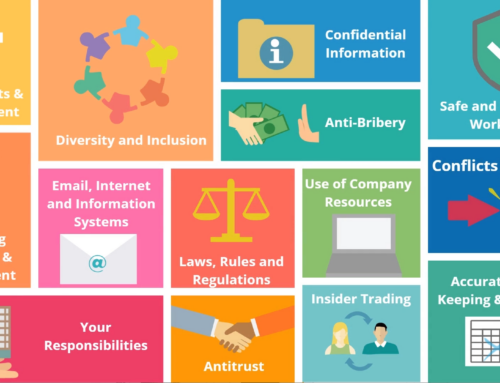Is Microlearning Right For Your Business?
Microlearning is built on the concept of Learner Centric, based on the needs of the learner. It is an approach capable of combining several strengths such as conciseness and speed, or even availability and adaptability.
What is Microlearning?
We all use microlearning daily. We do this, for example, when we Google the answer to a question about DIY or cooking, when we read an informative article, or when we watch a tutorial video on YouTube to learn how to change a guitar string. Microlearning can be text, video, infographic, or podcast, whatever the format; the goal of a microlearning event is to get the information we need when we need it. Microlearning is, therefore, a learning format and reflex that is already part of everyday life, particularly suited to an on-demand learning mode.

In the beautiful world of e-learning, one might consider microlearning to be one of the most attractive, less time-consuming, and generally much cheaper to produce than “traditional” e-learning content. It is a format considered to be particularly effective in the context of company training and business training. It is also particularly suitable in the context of the digital onboarding of new employees.
Microlearning does not yet have an official definition. Still, it is clear that all training based on microlearning shares the same characteristic: they are based on small units of learning or short learning activities. They usually last less than 10 minutes, on average between 2 and 7 minutes.
Microlearning offers short sequences of content, which learners can consume at their own pace and at their convenience. This aspect makes it the preferred e-learning format for mobile learning since it allows access to training content from anywhere, anytime, and on any device. The relationship between mobile learning and microlearning is complementary; both adapt to the uses of learning today, one serving as a support for the other.
What does microlearning contain?
In fact, about any format can be used in microlearning. There is the text, of course, but in sentences or short paragraphs, images, photos or illustrations, video in short format, audio in the form of extracts or mini-podcast, or even quizzes or games.
Microlearning is based on cognitive science. It uses spaced repetition, a proven method of boosting retention to break down learning topics into more manageable pieces and repeat them with adequate spacing between lessons. This learning technique allows access to the learner’s long-term memory, making smaller bite-sized modules enjoyable as part of the learning of technical skills.
 Microlearning aims to enable learners to quickly understand, assimilate and apply knowledge on a well-defined subject. Unlike a traditional approach where the learning content is divided into long sequences by topic or theme, microlearning facilitates assimilation by dividing these subjects into small, more digestible parts.
Microlearning aims to enable learners to quickly understand, assimilate and apply knowledge on a well-defined subject. Unlike a traditional approach where the learning content is divided into long sequences by topic or theme, microlearning facilitates assimilation by dividing these subjects into small, more digestible parts.
Microlearning is not necessarily the review sheet for e-learning. Moreover, in a context of consolidation of knowledge and when used in addition to more advanced training, the bite-sized modules allow to approach the concepts differently and interactively and ensure better retention of the learning—information for the learner.
Microlearning, therefore, makes it possible to present training content in interactive formats that engage the user. It does this by focusing each short session on applicable information rather than a larger concept. It encourages learners to engage with content and adapts well to a wide variety of learning styles.
What is Microlearning? Below is a sample of a LimeSmart microlearning compliance course. This bite-sized antitrust module is less than 3 minutes and provides ample instruction for any employee. However, some employees due to the nature of their job role would need a deeper dive on the antitrust topic.





